Question

- The traces in the coordinate planes refer to the curves you get when a surface
intersects one of the three coordinate planes in
coordinate planes for the following surfaces? Sketch them on a single
you name the surfaces?
(a)
(b)
intersects one of the three coordinate planes in
coordinate planes for the following surfaces? Sketch them on a single
you name the surfaces?
(a)
(b)
Ask by Ayala Wright. in South Africa
Mar 23,2025
Upstudy AI Solution
Tutor-Verified Answer
Answer
(a)
The traces in the coordinate planes for the plane
The traces in the coordinate planes for the plane
(b)
For the surface
For the surface
Sketch:
- In part (a), draw a flat plane intersecting the coordinate planes along straight lines.
- In part (b), sketch a hyperboloid of one sheet with an elliptical base and hyperbolic cross-sections along the vertical axes.
Solution
(a)
We are given the plane
We are given the plane
• In the
This is a line in the
• In the
This is a line in the
• In the
This is a line in the
Thus, the traces in the three coordinate planes are straight lines. The surface itself is a plane.
(b)
We consider the surface
We consider the surface
• In the
This is an ellipse in the
• In the
This is the equation of a hyperbola in the
• In the
This is also the equation of a hyperbola in the
The overall surface is known as a hyperboloid of one sheet. Its cross section in the horizontal (
Sketching in 3D:
One would draw a plane in part (a) intersecting the coordinate planes along the straight lines we obtained. For part (b), sketch an elongated surface such that its horizontal slice is an ellipse (centered at the origin) and its vertical slices are hyperbolas. The hyperboloid of one sheet continuously “narrows” as one moves away from
One would draw a plane in part (a) intersecting the coordinate planes along the straight lines we obtained. For part (b), sketch an elongated surface such that its horizontal slice is an ellipse (centered at the origin) and its vertical slices are hyperbolas. The hyperboloid of one sheet continuously “narrows” as one moves away from
Answered by UpStudy AI and reviewed by a Professional Tutor
Like
error msg
 Explain
Explain  Simplify this solution
Simplify this solution Extra Insights
To find the traces in the coordinate planes, we look at how each surface intersects with the planes
For the first equation,
- In the
-plane (where ), the equation simplifies to , which is a straight line. - In the
-plane (where ), it simplifies to , another straight line. - In the
-plane (where ), you get , also a straight line.
This describes a plane in three-dimensional space.
For the second equation,
- In the
-plane (where ), you have an ellipse given by . - In the
-plane (where ), it becomes , representing a hyperbola. - In the
-plane (where ), you similarly get another hyperbola: .
Now, if you sketch these intersections in a single


